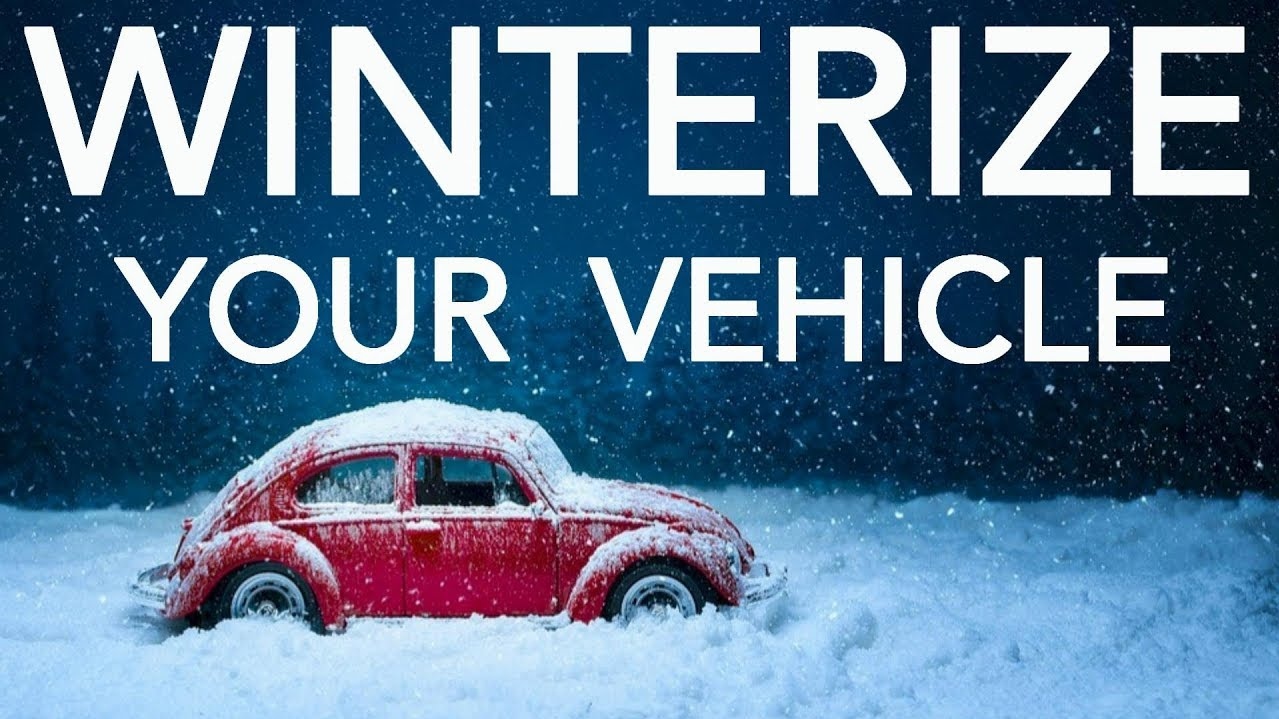- +
- Home
- About Us
- Our Agents
- Products Offered
- Agency Reviews
- Online Account Access
- Client Center Login
- Forms
- Claims
- Agency Blog
- Agency Blog
- Rental Car Coverage - What Do I need to know?
- Do I need my own renter's insurance policy?
- Coverage Spotlight: Service Line Coverage
- Whose name should we title my daughter's car?
- When should my kids get their own auto insurance
- Dogs and Homeowner Insurance Policies
- Reduce Your Home Insurance Premium
- Comprehensive vs. Collision
- What is Telematics?
- Listing Household Members
- Creating a Home Inventory
- Uninsured Motorist Coverage
- Winter Boat Coverage
- Lower Car Insurance
- Agreed Value vs. Actual Cash Value
- Rental Car Reimbursement
- Commercial or Personal Auto
- Rental Car Rules
- Telematics
- Teen Monitoring Discount
- Summer Energy Savings
- Replacement Cost or ACV?
- Home Alarms
- What is Workers Comp?
- Valentine Gift Coverage
- First Time Homeowner
- How to Stay Safe after a Winter Car Accident
- What gifts might you need to specially insure?
- Tips to Winterize Your Car
- Common Questions about Life Insurance
- Life Insurance 101
- Classic Car Insurance
- Scheduled Personal Property
- National Insurance Awareness Day
- Tips for Traveling with Kids
- When do you have to stop for a school bus?
- Home
- About Us
- Our Agents
- Products Offered
- Agency Reviews
- Online Account Access
- Client Center Login
- Forms
- Claims
- Agency Blog
- Agency Blog
- Rental Car Coverage - What Do I need to know?
- Do I need my own renter's insurance policy?
- Coverage Spotlight: Service Line Coverage
- Whose name should we title my daughter's car?
- When should my kids get their own auto insurance
- Dogs and Homeowner Insurance Policies
- Reduce Your Home Insurance Premium
- Comprehensive vs. Collision
- What is Telematics?
- Listing Household Members
- Creating a Home Inventory
- Uninsured Motorist Coverage
- Winter Boat Coverage
- Lower Car Insurance
- Agreed Value vs. Actual Cash Value
- Rental Car Reimbursement
- Commercial or Personal Auto
- Rental Car Rules
- Telematics
- Teen Monitoring Discount
- Summer Energy Savings
- Replacement Cost or ACV?
- Home Alarms
- What is Workers Comp?
- Valentine Gift Coverage
- First Time Homeowner
- How to Stay Safe after a Winter Car Accident
- What gifts might you need to specially insure?
- Tips to Winterize Your Car
- Common Questions about Life Insurance
- Life Insurance 101
- Classic Car Insurance
- Scheduled Personal Property
- National Insurance Awareness Day
- Tips for Traveling with Kids
- When do you have to stop for a school bus?
- Home
- About Us
- Our Agents
- Products Offered
- Agency Reviews
- Online Account Access
- Client Center Login
- Forms
- Claims
- Agency Blog
- Agency Blog
- Rental Car Coverage - What Do I need to know?
- Do I need my own renter's insurance policy?
- Coverage Spotlight: Service Line Coverage
- Whose name should we title my daughter's car?
- When should my kids get their own auto insurance
- Dogs and Homeowner Insurance Policies
- Reduce Your Home Insurance Premium
- Comprehensive vs. Collision
- What is Telematics?
- Listing Household Members
- Creating a Home Inventory
- Uninsured Motorist Coverage
- Winter Boat Coverage
- Lower Car Insurance
- Agreed Value vs. Actual Cash Value
- Rental Car Reimbursement
- Commercial or Personal Auto
- Rental Car Rules
- Telematics
- Teen Monitoring Discount
- Summer Energy Savings
- Replacement Cost or ACV?
- Home Alarms
- What is Workers Comp?
- Valentine Gift Coverage
- First Time Homeowner
- How to Stay Safe after a Winter Car Accident
- What gifts might you need to specially insure?
- Tips to Winterize Your Car
- Common Questions about Life Insurance
- Life Insurance 101
- Classic Car Insurance
- Scheduled Personal Property
- National Insurance Awareness Day
- Tips for Traveling with Kids
- When do you have to stop for a school bus?
Connect with us
Absolute Insurance Agency, LLC
© 2015 - All Rights Reserved
7400 University Ave, Ste A
Clive, IA 50325
(515) 279-2722










